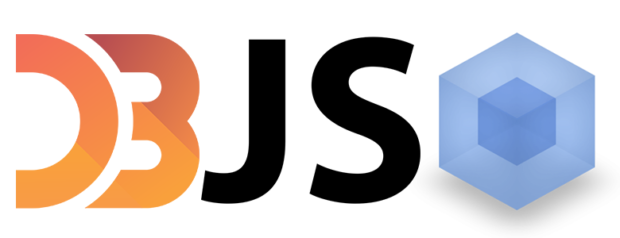Creating modular d3 app with commonJS and webpack
In my previous post, I wrote about how to break up the d3 visualization app into different modules. It turns out that there is a better way to write modular d3 app, using commonJS and webpack.
Update on 6/May/2016:(webpack 1, deprecated) For a more idiomatic approach using webpack.optimize.CommonsChunkPlugin, visit webpack’s documentation on code splitting. The approach described in this post has the limitation of not being able to produce separate output files for app and vendor libraries, which is addressed by the idiomatic approach.
Update on 23/March/2017: (webpack 2, recommended) For a more idiomatic approach using CommonsChunkPlugin, visit webpack 2’s guide on code splitting. The approach described in this post has the limitation of not being able to produce separate output files for app and vendor libraries, which is addressed by the idiomatic approach.
Update on 12/Sep/2016: This post is gaining lots of popularity since d3.js v4 is released under npm. The approach described below should still work in theory although I have not tested it. Let me know if it doesn’t.
